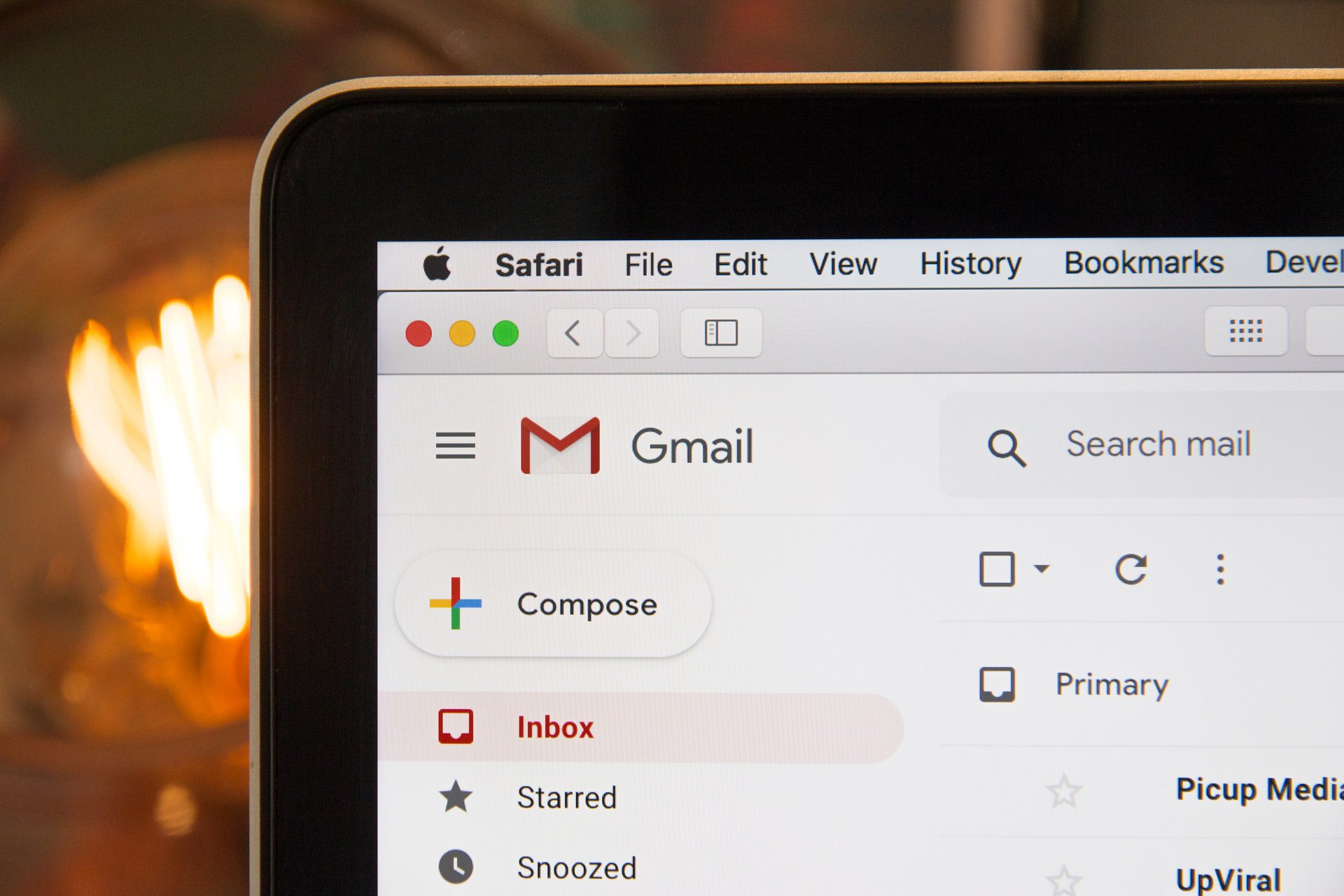|
|
While choosing the digital nomad lifestyle can be extremely freeing and fulfilling, it also comes with a lot of challenges. Research suggests that most digital nomads suffer from loneliness on at least some level, and while most are seeking a better work-life balance, establishing and maintaining that balance is far from easy.
While employers might think that digital nomads let their travelling and partying interfere with their work, for the majority, the opposite is true. Just like many remote workers, when your working and living spaces blur together, so do the boundaries between work and leisure. You can find yourself feeling like you are “on-call” all the time, and feeling like any time that you aren’t doing something active should be spent doing something productive, such as working. But this mentality ignores the importance of downtime for recharging our batteries and maintaining our mental health.
This is why it is incredibly important for digital nomads to set boundaries between work and the other aspects of their lives. But how do you do that? Read on for our five top tips.
1. Schedule Your Time

One of the attractions of the digital nomad lifestyle for many is that you don’t have a set time to be in the office. But it also means that you don’t have a set time to be out of the office. For most, this tends to mean work bleeding over into leisure rather than too much leisure interfering with work.
This is why it is a good idea to schedule work hours, which sets boundaries not only for when you should be working but also for when you shouldn’t.
Having this kind of schedule can make those decisions such as, “should I just do one more report before I go out” and then missing the night entirely much easier. You already made that decision when you set your schedule.
No one is saying that your schedule should look the same every week, but you should set it in advance. And, of course, it needs flexibility, since the unexpected happens both in terms of sudden deadlines and unexpected opportunities for fun. But if you need to change your schedule to work more on a particular day, then you should give yourself more leisure time another day, and vice versa.
Keeping a schedule of when you are working and when you aren’t can also help you self-monitor, and figure out if you are striking the work-life balance that you are looking for.
2. Bookend Your Workday

While commuting into the office is annoying, it does create structure and ritual around your day, giving you a period of time to transition into and out of work mode. This makes it easier to switch off when you are done with work for the day.
This can be incredibly difficult to maintain when you mix your living and working spaces, as there are no clear boundaries between when you are working and when you are on your own time.
So, as a digital nomad, you need to create new rituals that help you separate your time. At the start of your work period, have rituals to transition into work. These can be personal rituals, such as having a coffee in your special work mug, and work rituals such as reviewing your goals for the day and updating your to-do list.
At the end of your work period, you need similar rituals. This could be making the final marks on your to-do list and writing down your key priorities for the following day. Clearing your inbox and flagging important items for the next period, and shutting down your computer, or at least all the windows that you use for work.
Everyone will have their own transition rituals. But don’t leave them to chance. Actively create them to help put you, and keep you, in the headspace that you want to be in.
Not sure how to create a morning ritual? Read our morning productivity guide here.
3. Have “Contact Hours” That Work for You & Your Clients

One of the biggest challenges in the modern work world is that we all think that we need to be “on-call” all the time. We are always only an email or a message away, and those notifications are always pinging on our smartphones which are never far from our sides.
But when did we decide that always being available contributed to productivity? Most people aren’t at their best when they are thinking about something else, are drawn back into the work zone by a message, and then feel like they need to come up with an immediate response, which is unlikely to be the best response.
If you can, avoid getting dragged into unscheduled work commitments by having set “contact hours” when you are available for calls and online meetings, and when clients can expect you to respond to emails. This doesn’t mean that you can’t look at emails outside of these hours, but they give your employer or clients an idea of the deadline by which you will see and respond to an email. These aren’t your work hours, but hours dedicated to communication as opposed to deep work.
This will look different for different people. If you are contracted to a specific company that has core working hours, obviously you’ll need to build your contact hours around those. You are likely to have more hours when you need to be available and will probably have to mix deep work and communication to be flexible.
But if you work freelance, depending on the type of work that you do, you could, for example, have two hours for communication set aside three days a week and use this both for meetings and for deadlines for responding to communications. The key thing to making this work is choosing hours that work for you in your time zone, for your clients and colleagues in theirs, and the type of work that you do and teams you participate in.
If you clearly communicate these contact hours, most people will respect them. It also does not make you look unprofessional. If you look at most businesses, you can’t just drop in on the most important people or expect them to respond to an email immediately because their time is booked. So, take a leaf out of their book and make yourself unavailable.
Of course, to make this work, when you are outside of your work contact hours you should turn off those notifications from your work emails, Slack, or whatever else you are using. Because even if you promise yourself that you won’t get drawn into work, those pings have a way of distracting, even when you haven’t looked at the message yet.
4. Have A Personal Mission Statement

Humans are creatures of habit. Even when you are travelling the world it is easy to get stuck in a cycle of work-play-flight without really considering whether any of those things are giving you the fulfilment that you are looking for.
So, it is a really good idea to take the time to sit down and ask yourself what you really want as a digital nomad.
Is your goal as a digital nomad to explore the world, and do you really only want to work just enough to finance that, while maximizing your free time?
Or are you at a point where you are actively trying to evolve your career or your business, while the digital nomad lifestyle lets you make more of the limited free time that you do have while you are hustling?
These are more or less goals at two opposite ends of the spectrum, and you will want to make different decisions in terms of what work you take on, how you want to balance your life, and so forth.
When you are making your schedule or considering new opportunities it is great to have your mission statement and your goals at the front of your mind, or in hard copy in front of you, and to judge and justify your decisions within their context.
And this isn’t just true for work, but for every part of your life. Are you trying to see as much of the world as possible, or do you want to get to know other cultures and push yourself out of your comfort zone? This will influence decisions about how quickly you choose to travel, what kind of accommodation your select, and so forth.
Read our guide to Slowmadism here.
5. Maximize Your Productivity

No matter who you are, digital nomad or worker, you want to optimize your work time by spending as much time as possible doing deep productive work, as little time as possible on dull admin tasks, and preferably no time at all staring at a blurry computer screen producing nothing at all but clocking minutes.
If you get more done when you are working, in theory, you don’t need to work so much. As they say, work smart not hard.
So, take the time to optimize your productivity when you are working. There are many ways to do this.
Choose when you work. It is well known that some people are morning folk while others are night owls, and almost no one is productive in the few hours after lunch. Organize your time accordingly.
Even though you are on the move, invest in creating a workspace that promotes productivity. This may mean packing a few extra things such as tools to get your screen up at the right level, ergonomic cushions to make normal chairs comfortable for working, and noise-cancelling headphones to create a quiet and focussed environment.
Schedule regular breaks to stretch your body and clear your mind. The science suggests that most people can only work productively for 50-90 minutes before they need to come up for air.
You can read our full list of remote working productivity tips here.
The Verdict
While we like to think that, in the right circumstances, a healthy work-life balance “just happens”, that is rarely the case. Messages pinging, feelings of guilt for doing nothing, and blurry boundaries between home and work make it easy to fall into patterns of overwork.
The reality is that a good work-life balance happens by design. You need to actively put in the work to create what it is that you want. Once it becomes ritual, and then habit, it will feel like something that just happened.
What to read next? 9 Time Management Techniques for Digital Nomads.










